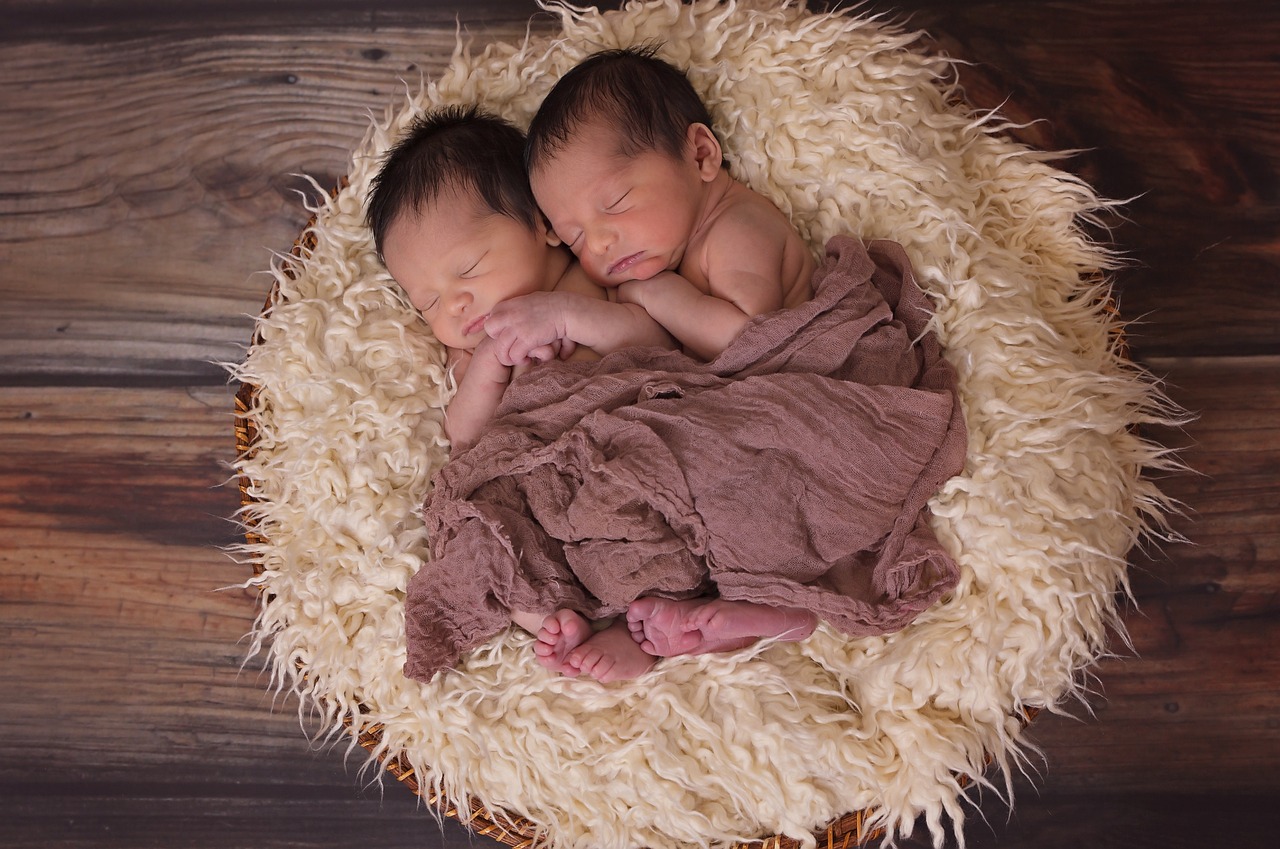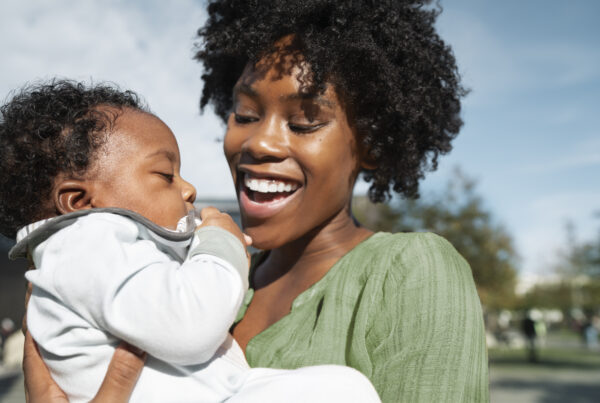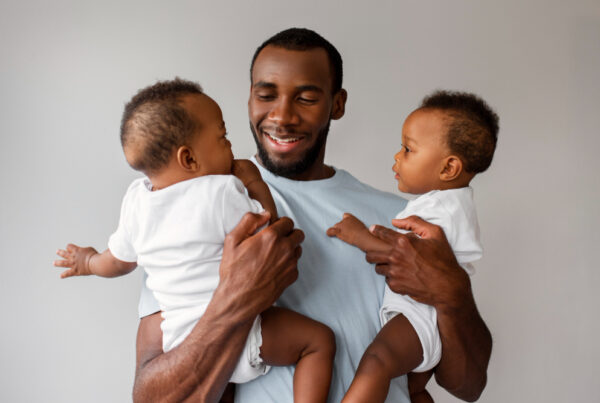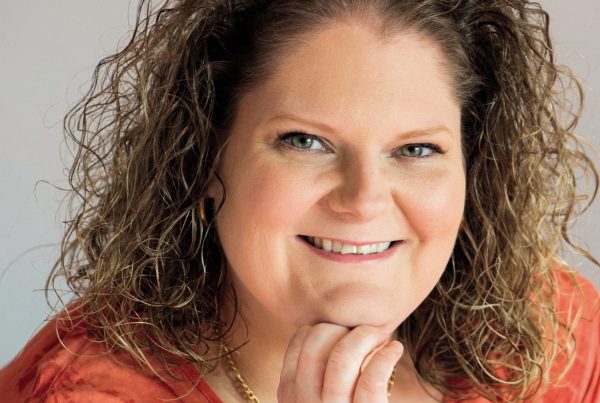Ebun gripped the ultrasonography picture, a tear sliding down her cheek. Two small hearts were beating there, shimmering on the screen like twin stars. A decade of longing, of grief masked by negative test results and vacant doctor’s offices, was about to burst into twice as much happiness. Yes, double the amount of diapers and sleepless nights, but also double the happiness, love, and laughter.
Not easy news to hear. Like shadows, warnings of “complications,” “premature,” and “high-risk” followed. However, Ebun and Demola remained unfazed as warriors in the battlefield of infertility. They never gave up or lost hope. There was no retreat, no surrender for them. They knew they would dance through this deluge since they had experienced storms together.
The second IVF cycle was successful following an unsuccessful one. Out of the five viable embryos that Ebun generated, two were chosen for transfer into her uterus, where they both connected successfully. It was pregnancy! The time Ebun was pregnant was dramatic. The enormous dome that formed in her belly was evidence of the life forces inside.
They were proficient at double braids and stereo bedtime tales with Demola’s help,of course, they were worried, but their concerns were mixed with an exhilaration they had never experienced before. They were erecting a double-decker monument to their perseverance—a family, not one by one, two at a time. Then the day arrived. Beeps and shouts filled the delivery room, but in the middle of the mayhem, two miracles appeared, two small fists clinched against the outside world. The tiny wonders were Tola and Fola. A flood of pure, unadulterated happiness rushed over a weary and awestruck Ebun as she hugged her adorable twins. Yes, there was twice as much labour as there was a reward.
A mixture of shared coos, twice as many chuckles reverberating throughout the house, and a love that grew like the cells in their developing bodies was the life with twins. Their tiny joys – Tola and Fola – developed a stronger link than any ocean by learning to share and speak in their twin-speak. Ebun and Demola witnessed not just twice as much effort, but also twice as much astonishment, laughter, and love.
The grocery expenses were enormous, the restless nights were real, and managing two toddlers was a daily Olympic event. However, there were times of pure, unadulterated magic in the middle of the mayhem. Two sets of eyes wide with wonder at a ladybug, two pairs of hands clumsily mixing a birthday cake, two voices singing off-key but with hearts full of joy. These were the moments that made the sleepless nights fade, and the exhaustion recede. These were the moments that whispered, “It’s all worth it.”
Years flew by, marked by scraped knees, shared secrets, and bedtime stories read to two pairs of sleepy eyes. Tola and Fola grew into unique individuals, yet their bond remained, a testament to the shared heartbeat of their origin. Now Ebun and Demola are full of smiles, they have not just built a family, they have built a world, a universe of double the laughter, double the love, and a bond forged in the crucible of shared struggle.
It is a world where the whispers of “high-risk” have been drowned out by the chorus of giggling twins, a world where the anxieties of infertility have given way to the boundless joy of a family twice blessed. And they know, with a certainty that warmed their souls, that they wouldn’t trade it for anything in the world. For Ebun and Demola, the story of their twins isn’t just about overcoming the odds, it is about discovering that sometimes, the greatest gifts come in multiples. It is a story of resilience, love, and profound joy that can bloom even in the most unexpected places.
It is a story that whispers, “Sometimes, two is better than one,” a story that echoes with the happy chaos of a family built on double the love, and twice the blessing. Ebun and Demola’s story further showcases the definite link between IVF and twins, even as it’s important to understand that in the past, IVF procedures often involved transferring multiple embryos into the uterus to increase the chances of success. This significantly increased the probability of twins or even triplets.
Many twin births are due to fertility treatments, with IVF accounting for a significant number, however, current practices are shifting towards single embryo transfer. Recognizing the risks associated with multiple pregnancies, many fertility clinics prioritize single embryo transfer when possible. This significantly reduces the chances of twins while increasing the likelihood of a healthy single pregnancy.
Single embryo transfer increases the chances of a single healthy baby and a higher chance of carrying the pregnancy to term.
Factors influencing twin rates with IVF include the number of embryos transferred, in fact, this is the primary factor. Maternal age is another factor. As women age, their natural fertility declines. To compensate, IVF might involve transferring more embryos, leading to higher twin rates.
The cause of infertility can also play a role. Some conditions might require transferring more embryos to achieve pregnancy. Then there is embryo quality. Selecting high-quality embryos can increase the chances of implantation and pregnancy, potentially reducing the need to transfer multiple embryos. While historically IVF was linked to higher twin rates, current practices favor single embryo transfer, reducing the risk of multiple births.
The bottom line is that the goal of IVF is a healthy pregnancy, whether single or multiple.





